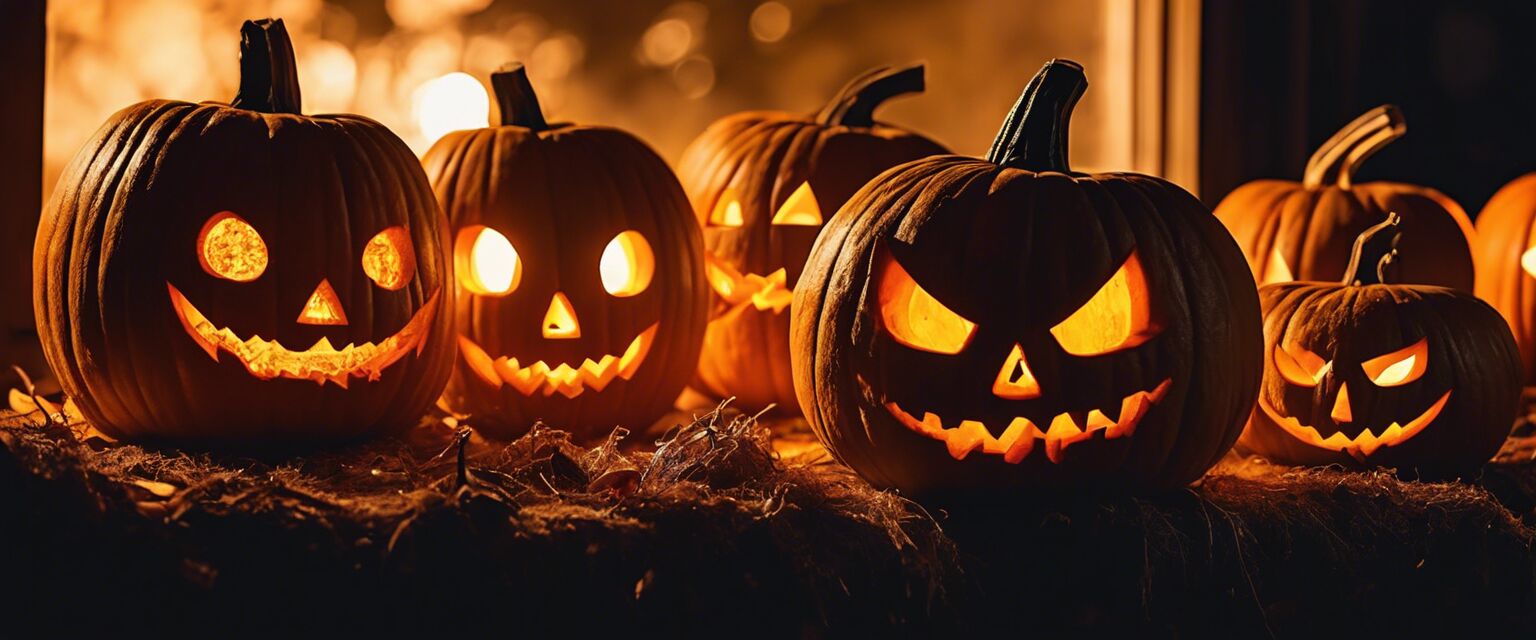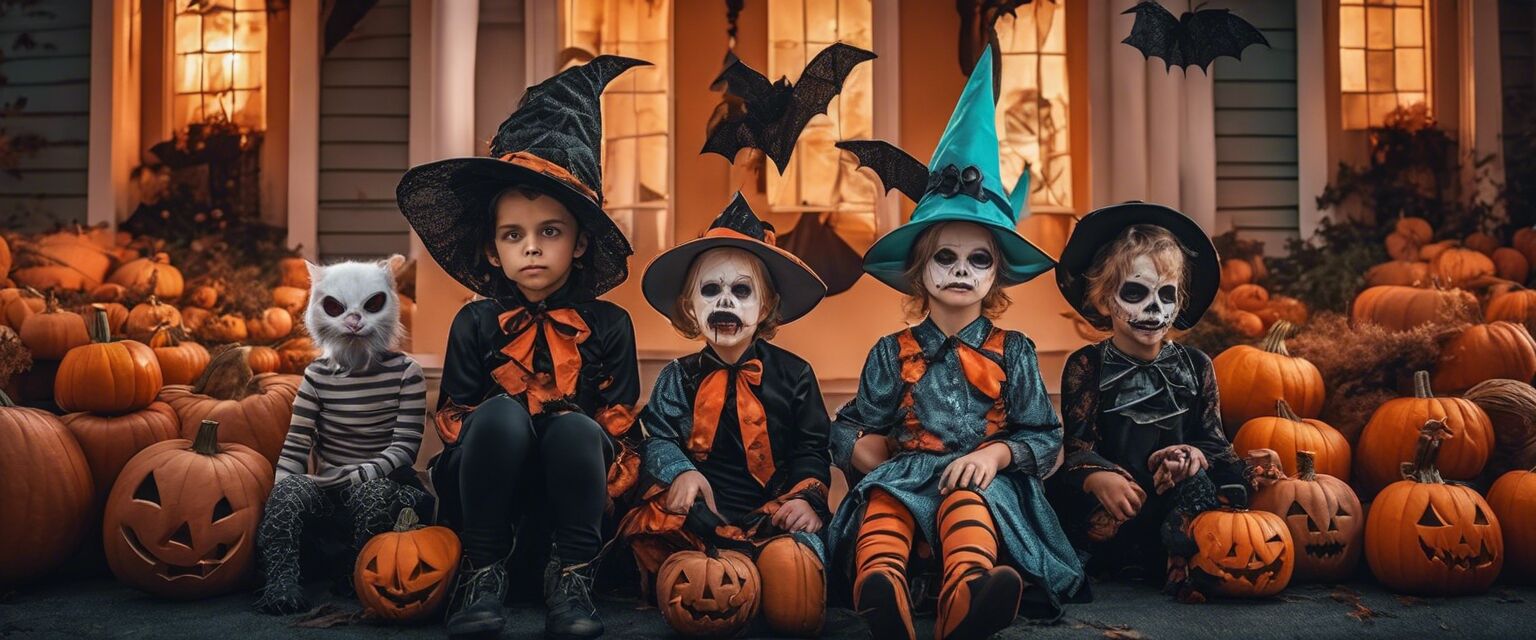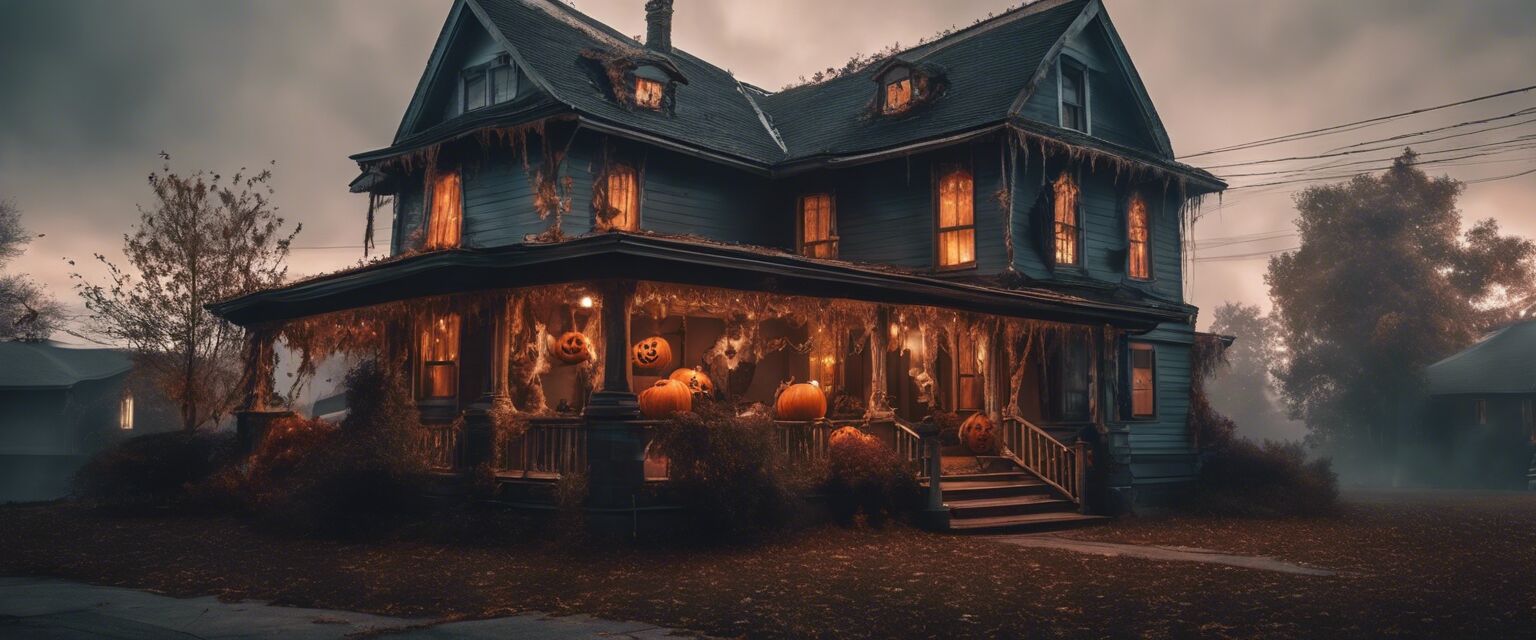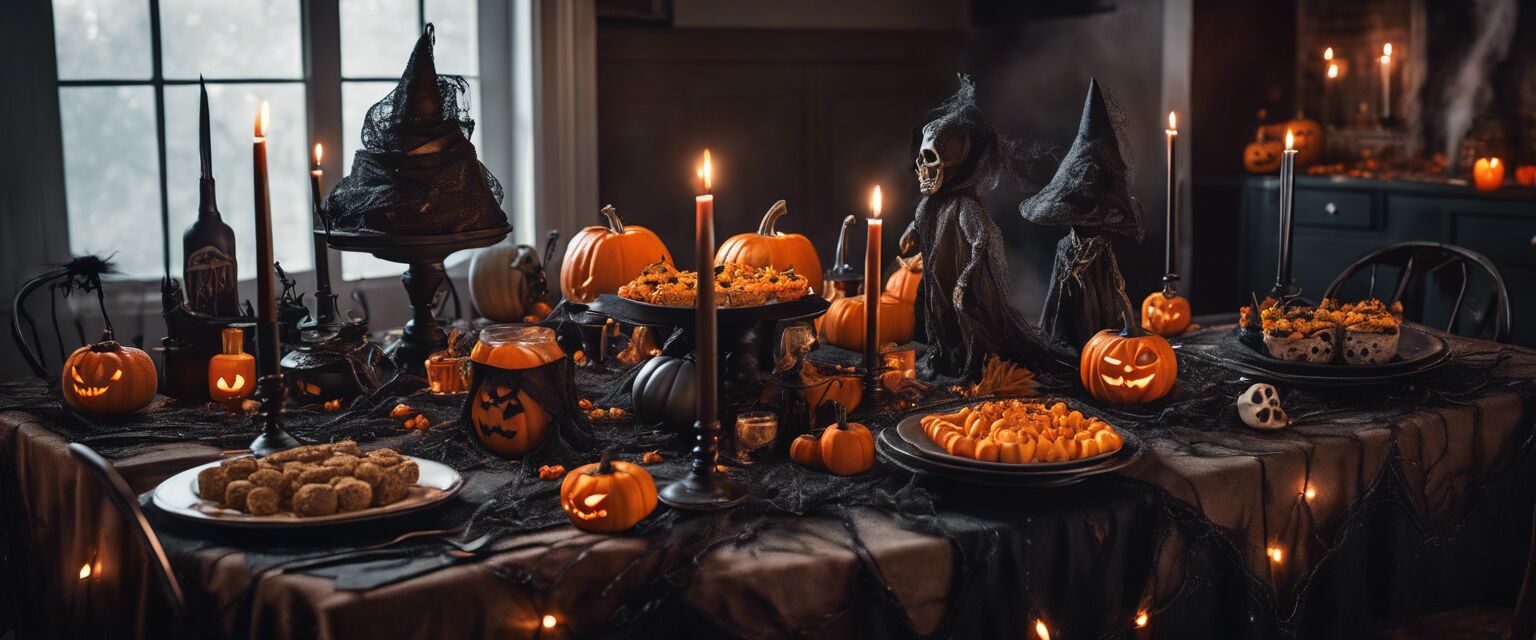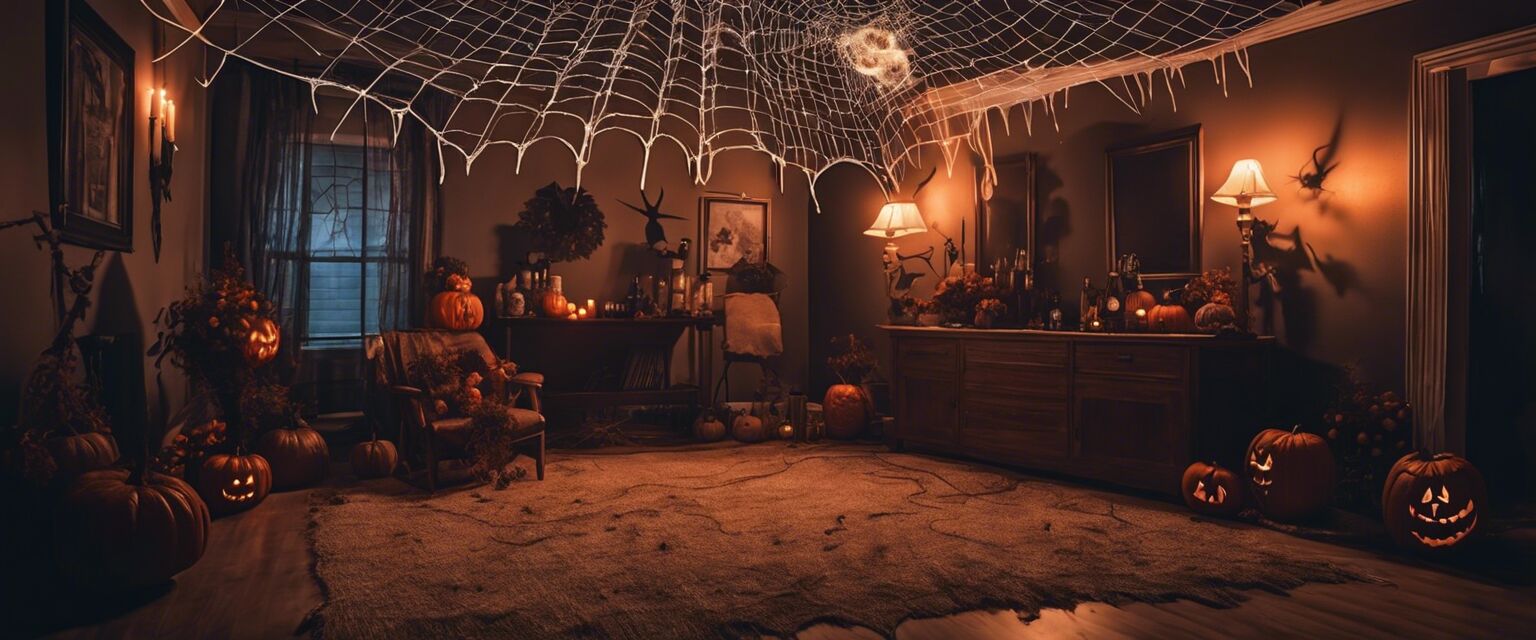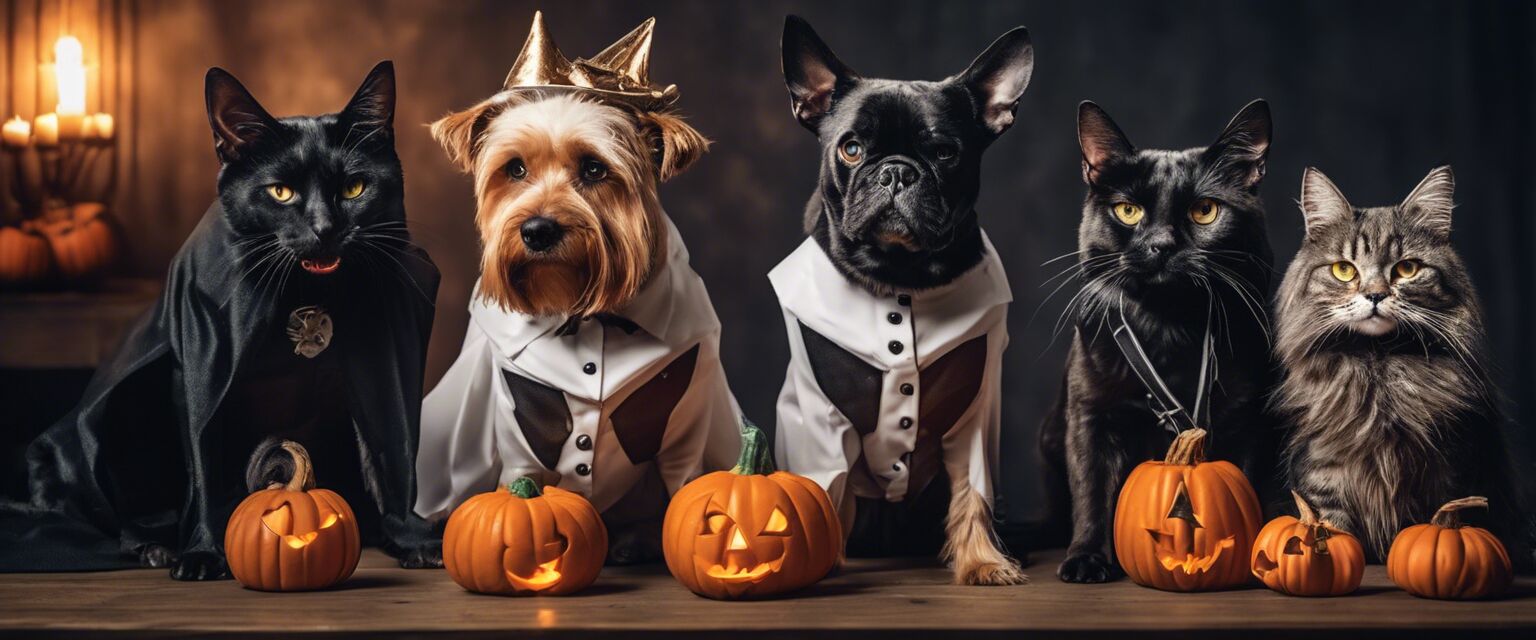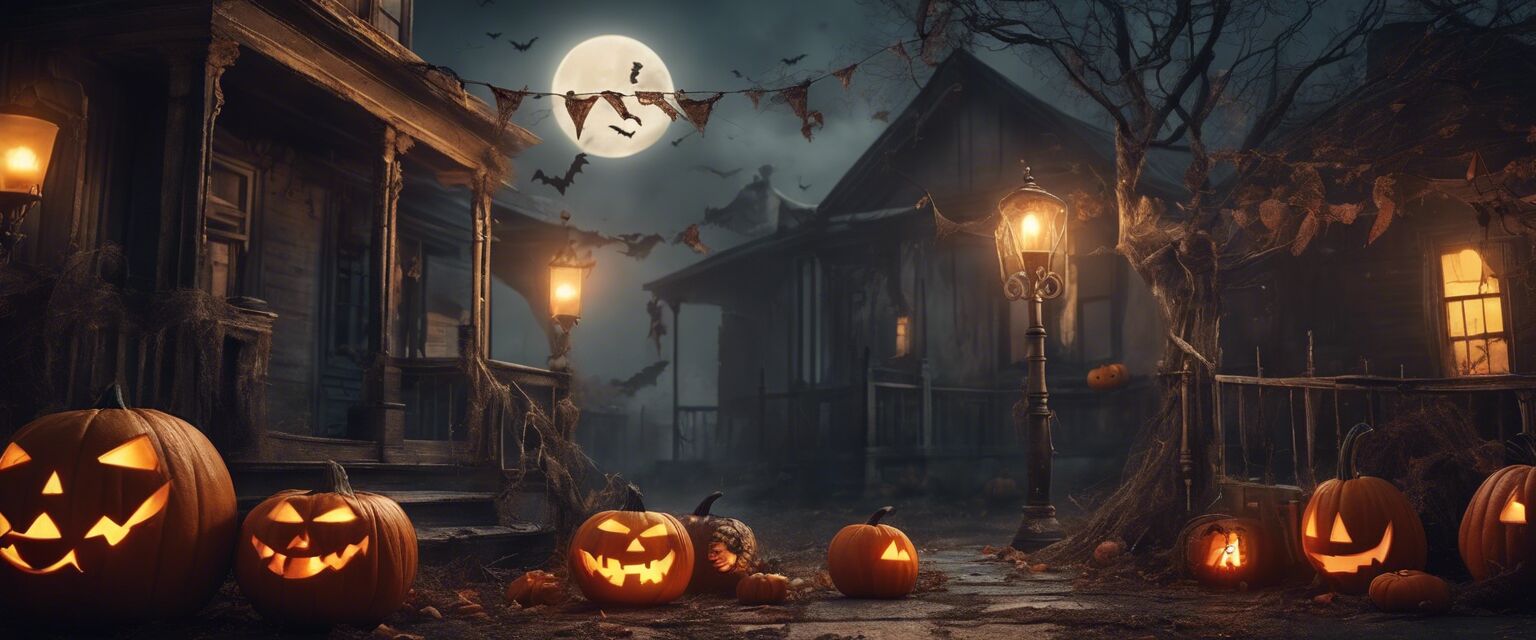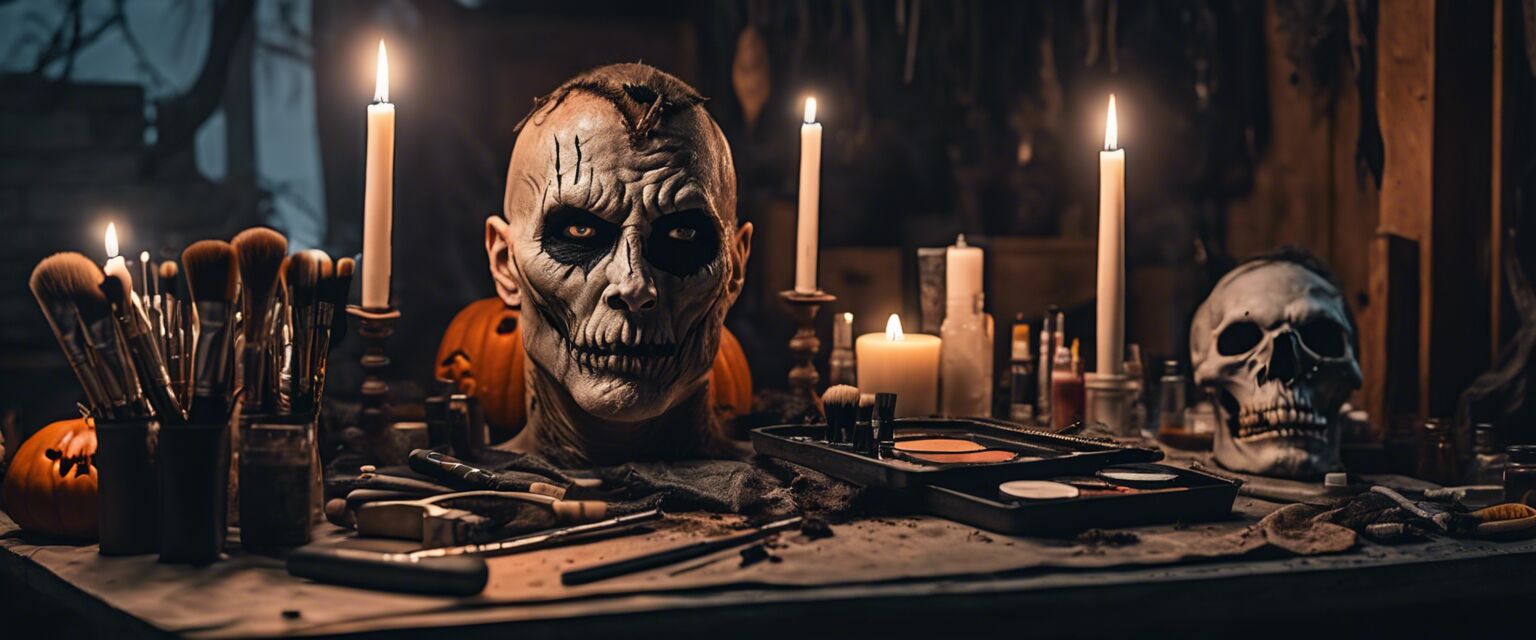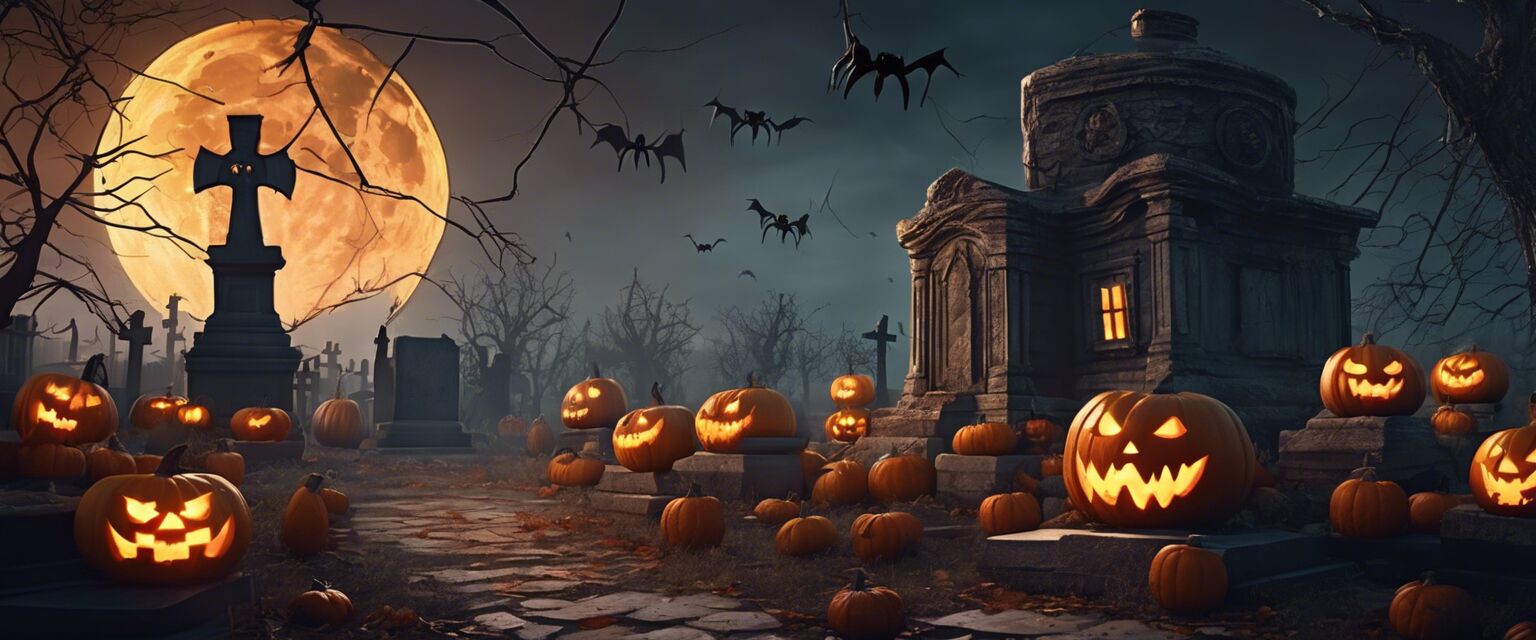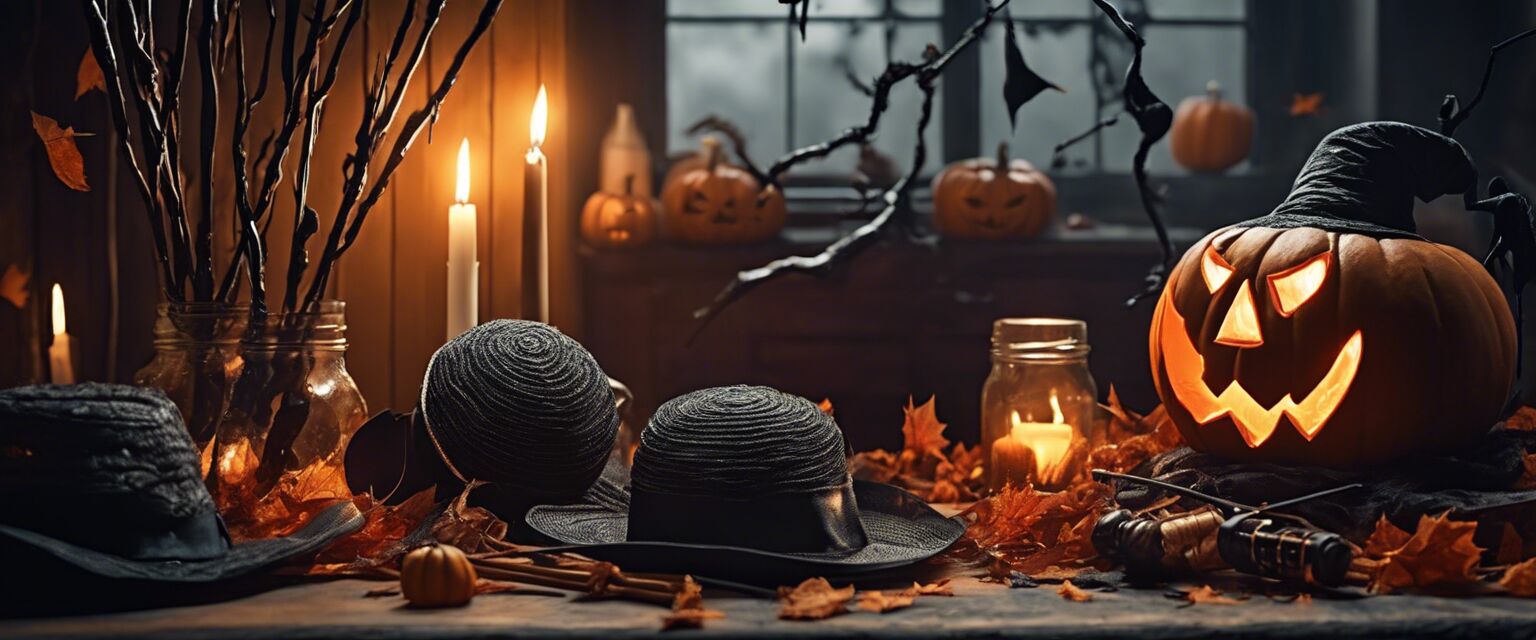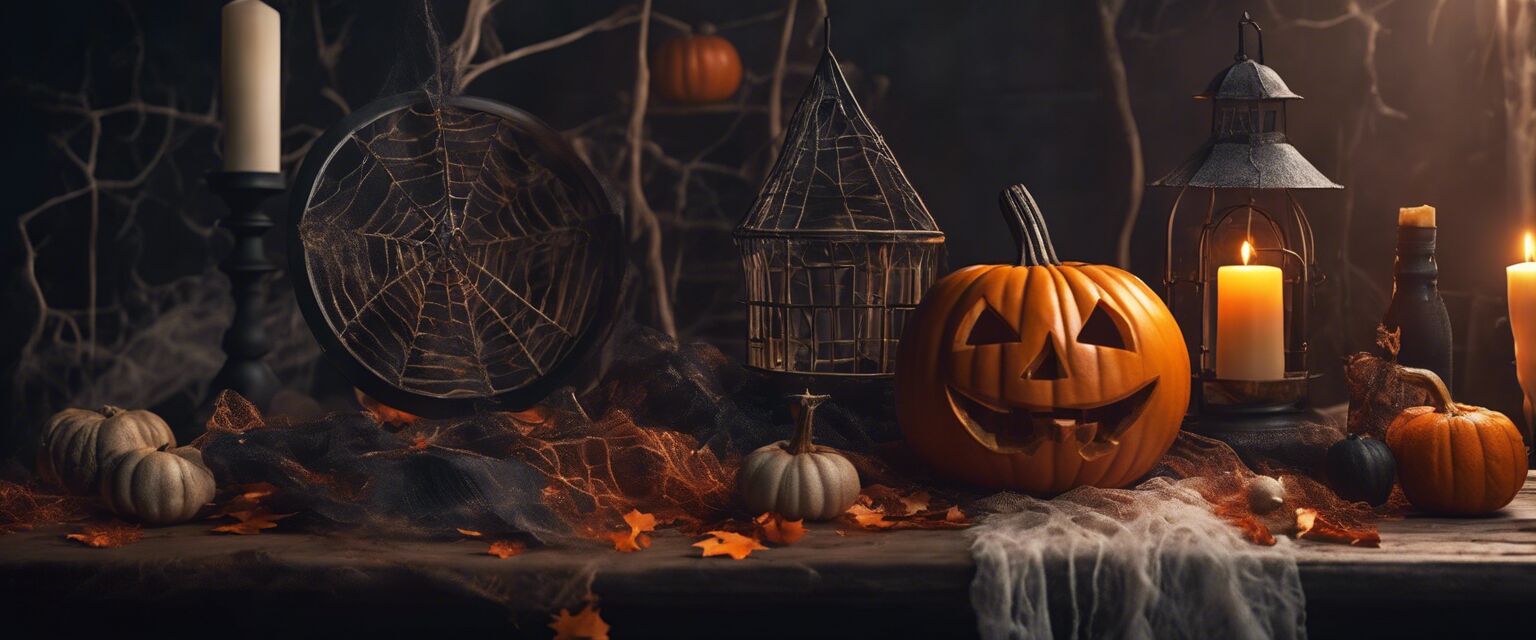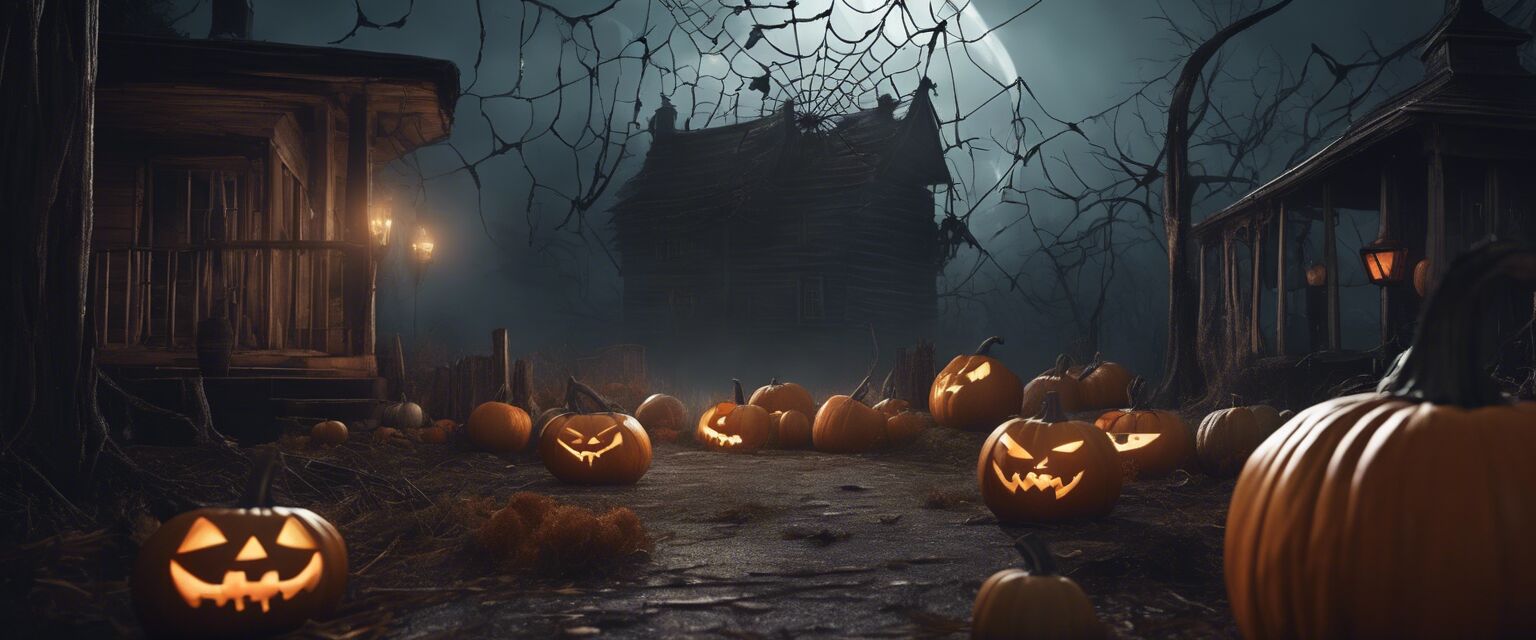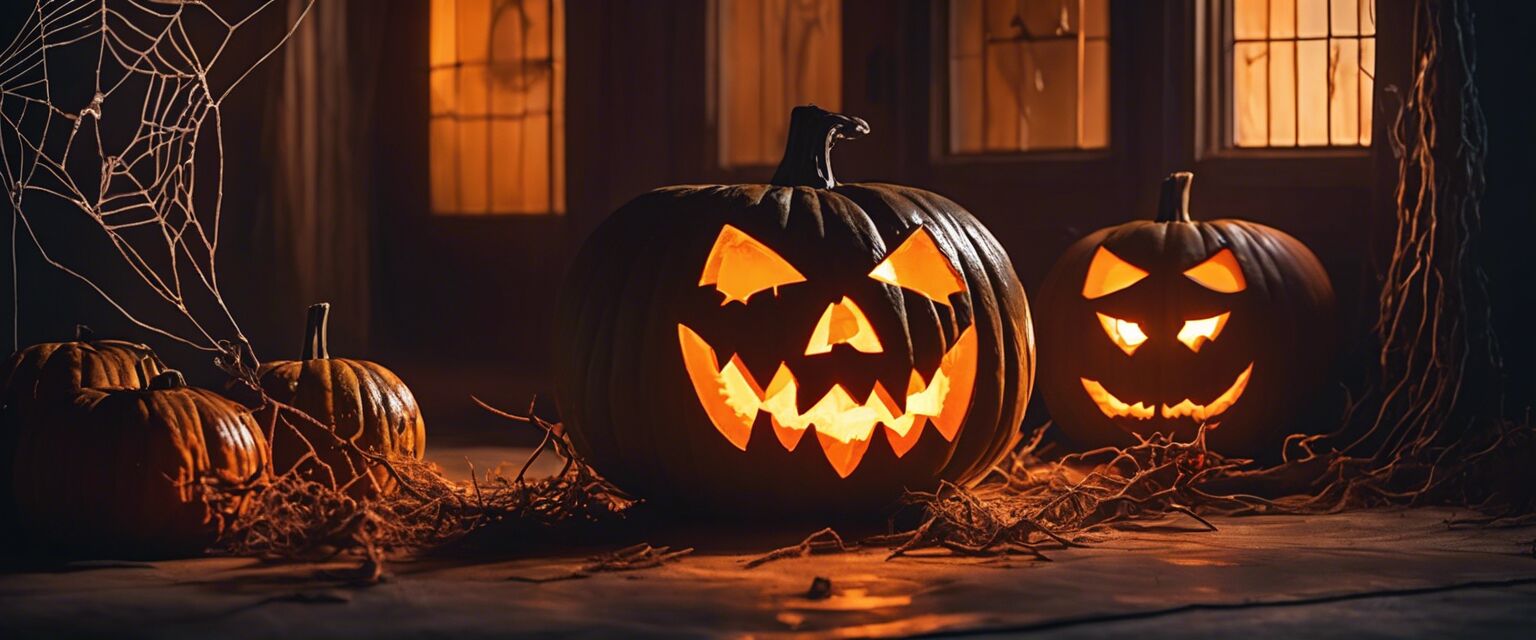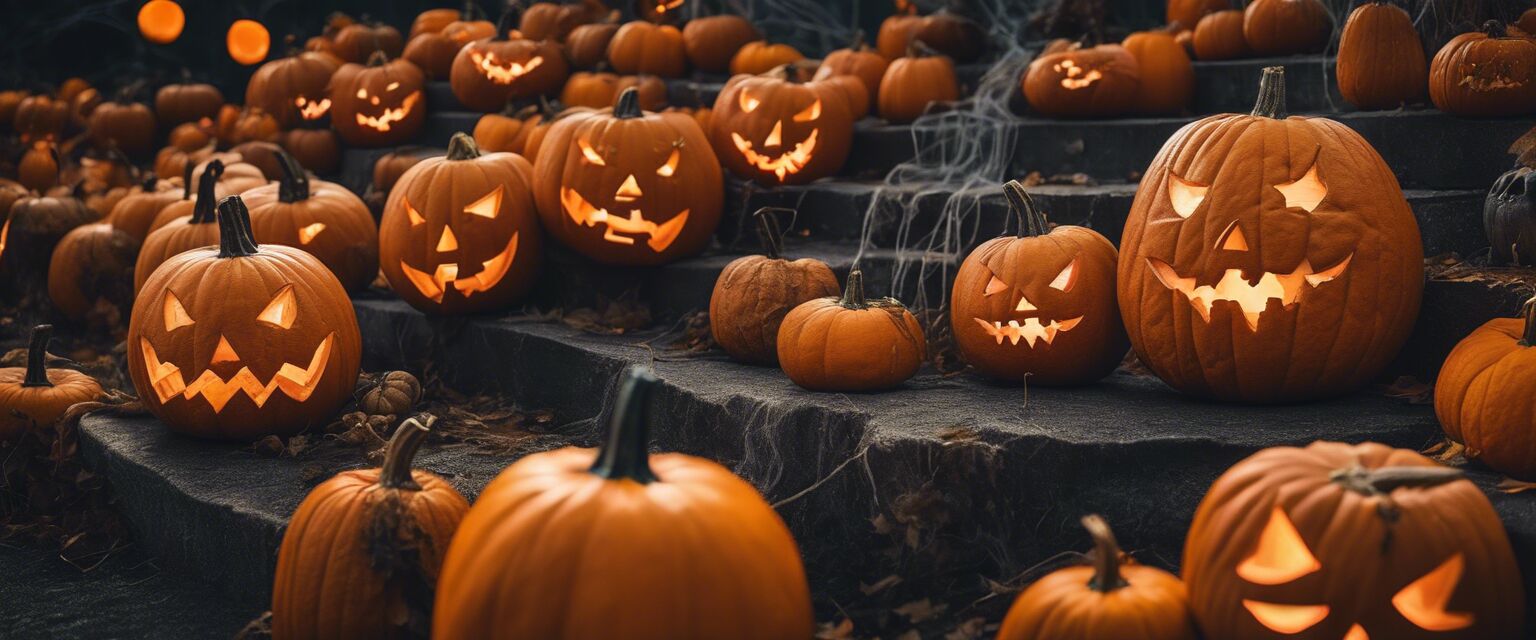
Halloween History and Traditions
Key Takeaways
- The origins of Halloween date back over 2,000 years to the ancient Celts.
- Halloween is celebrated on October 31st, marking the eve of All Hallowsâ Day.
- Traditions like trick-or-treating, costume wearing, and pumpkin carving are rooted in history.
- Halloween is now a widely commercial holiday celebrated across the globe.
Halloween is a festive occasion that is celebrated on October 31st. Over the years, it has evolved from its ancient origins into a cultural phenomenon enjoyed by millions across the world. In this article, we will explore the fascinating history, traditions, and rituals that make Halloween a unique celebration.
Origins of Halloween
The roots of Halloween can be traced back to the ancient Celtic festival of Samhain, which was celebrated in Ireland and parts of the UK over 2,000 years ago. This festival marked the end of the harvest season and the beginning of winter, a time often associated with death.
Celtic Traditions
The Celts believed that during Samhain, the boundary between the living and the dead was blurred, allowing spirits to roam the earth. To honor and appease these spirits, they created bonfires and offered sacrifices. People would don costumes made of animal skins and masks, hoping to disguise themselves from the wandering spirits.
Evolution of Traditions
With the spread of Christianity, the pagan rituals of Samhain began to blend with Christian traditions. By the 9th century, November 1st was established as All Hallowsâ Day, and the night before became known as All Hallowsâ Eve, which later evolved into Halloween.
Modern Halloween Celebrations
Today, Halloween is characterized by various celebrations that include:
| Tradition | Description |
|---|---|
| Trick-or-Treating | Children dress up in costumes and go door to door asking for candy. |
| Costume Parties | Adults and kids alike dress in costumes, often reflecting popular culture. |
| Jack-o'-Lanterns | Pumpkins are carved and lit to ward off evil spirits. |
| Haunted Houses | Decorated spaces designed to frighten guests, often created for entertainment. |
| Halloween Decorations | Homes and public spaces are adorned with spooky and festive décor. |
Iconic Symbols of Halloween
Certain symbols have become synonymous with Halloween. Here are a few of the most popular:
- Pumpkins: Symbolizing harvest, pumpkins are often carved into jack-o'-lanterns.
- Ghosts: Representing lost souls, ghosts are a common motif in decorations.
- Witches: Traditionally depicted with broomsticks and cauldrons, they symbolize knowledge and power.
- Black Cats: Associated with superstition, they are thought to bring bad luck.
Halloween Around the World
Globally, Halloween is celebrated differently, reflecting cultural beliefs and local customs. Here are some examples:
| Country | Celebration |
|---|---|
| Mexico | El DÃa de los Muertos (Day of the Dead) honors deceased loved ones. |
| Ireland | Restoration of ancient Samhain traditions with bonfires and gatherings. |
| Japan | Themed events in urban areas, particularly in Tokyo, with costume parades. |
| China | Ghost Festival where offerings are made to honor ancestors. |
| Scotland | Incorporation of traditional games and local folklore. |
Modern Commercialization
In recent years, Halloween has become highly commercialized, with companies capitalizing on the demand for costumes, decorations, and party supplies. This transformation has led to:
Pros
- Diverse selection of costumes and decorations.
- Economic boost for retailers and businesses.
- Increased participation in festive events.
Cons
- Over-commercialization detracts from traditional values.
- Focus on profit may overshadow local customs.
Safety Tips for Halloween
Tips for a safe Halloween
- Use reflective tape on costumes for visibility.
- Ensure masks do not obstruct vision.
- Always accompany younger children while trick-or-treating.
- Check treats for tampering before consuming.
- Stay in well-lit areas when out and about.
Conclusion
Halloween is a vibrant celebration that combines ancient traditions with modern practices. From its beginnings as a pagan festival to its contemporary form as a fun-filled holiday, Halloween continues to enchant people of all ages. Whether you are dressing up, carving pumpkins, or decorating your home, the spirit of Halloween brings joy, fright, and unity in celebration.
Further Reading
If you'd like to learn more about Halloween traditions, check out these links:
Visual Representation of Halloween
